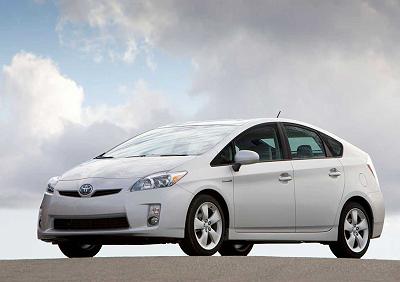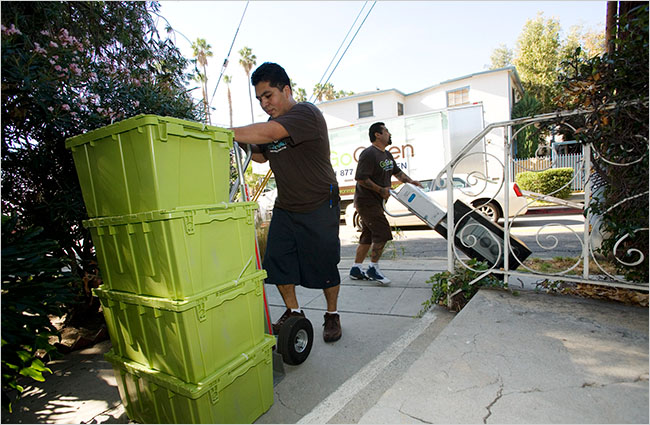Warm Home Cool Planet wants it’s readers to be as efficient as possible. That’s why we bring you stories from around the Web that help you live the life you want without increasing your carbon footprint. From our recent travels on the information superhighway, we’re pleased to note many other fine media outlets are also sharing information on keeping it green close to your body.
One of Warm Home Cool Planet’s favorite political sites, The Huffington Post, has figured readers might be all caught up on Barack Obama and ready for some other useful info. If you’re reading this article from the campus of one our fine educational institutions here in Cambridge, you’ll find this article on how to make your own hacky sack a must read.
Beyond the weird, the well intentioned, and all the other advice on recycling your old duds that could make you look a homeless person trying to get through winter, Warm Home Cool Planet has noticed a couple of welcome trends from clothing manufacturers. First, their ability to recycle other materials beyond the soda bottle used in your favorite fleece includes some interesting and inspired ideas.
Second, more clothing companies are taking back old clothing from customers and recycling themselves, including every greenies’ favorite premium label, Patagonia. Check out out this video where one of their sponsored climbers, Tim O’Neill dons a cape and attempts to rescue Japan from mountains of old underwear. Not quite the threat Godzilla represented to our friends in the land of the Rising Sun–but frightening nonetheless.





